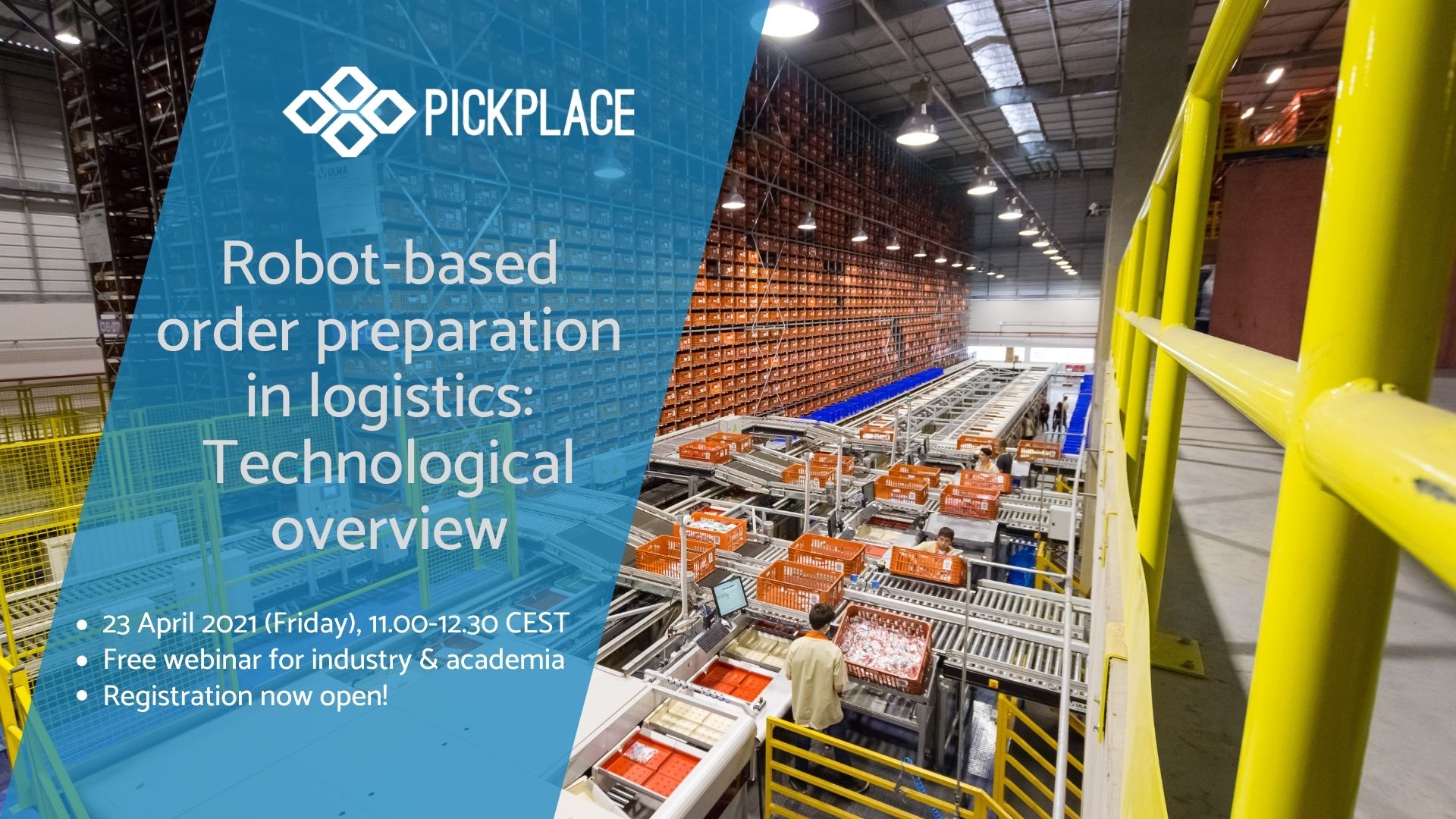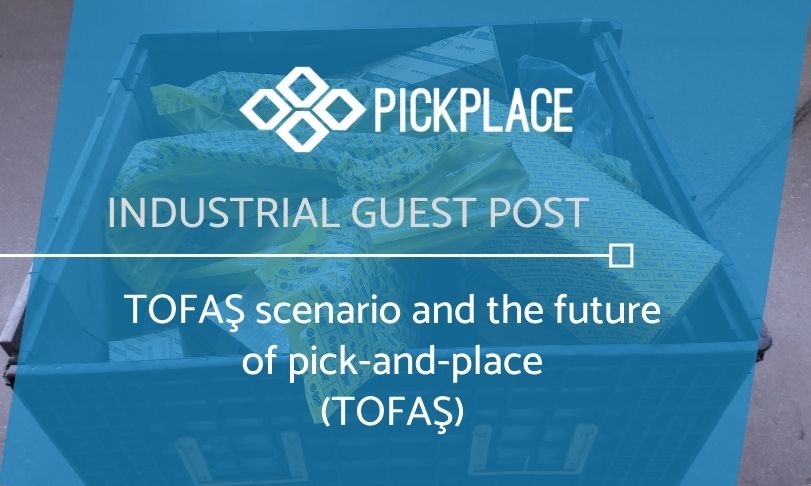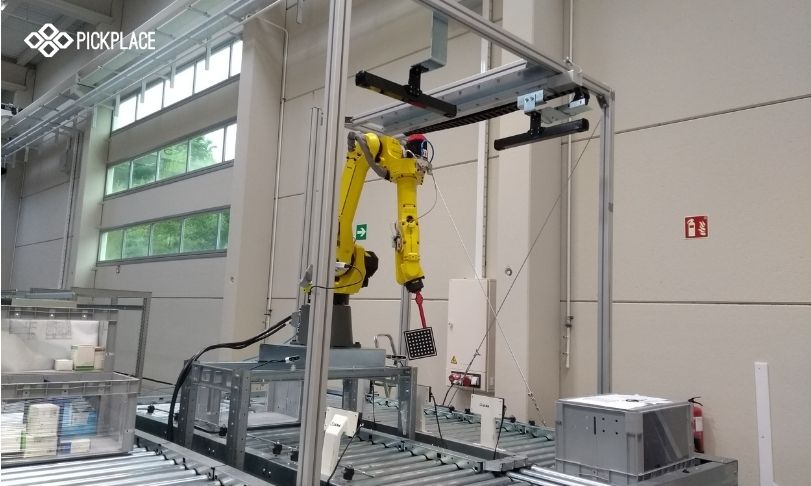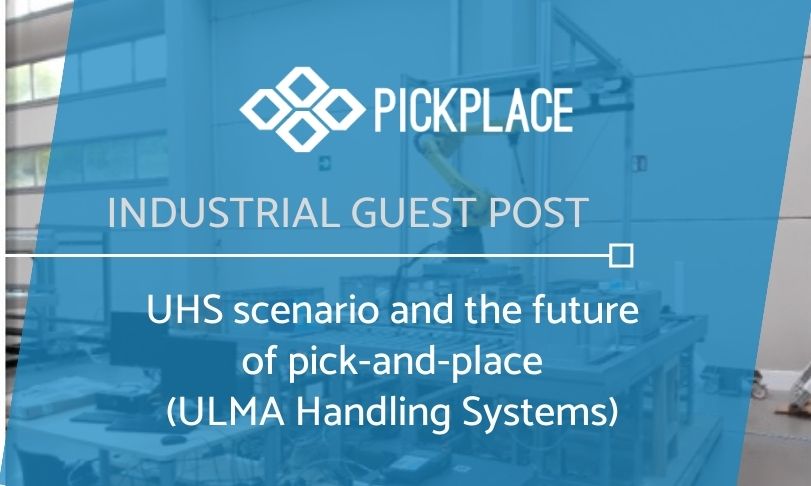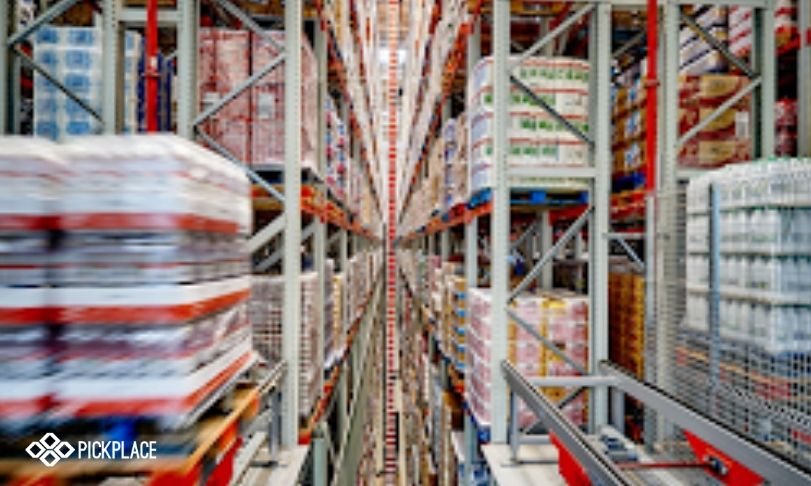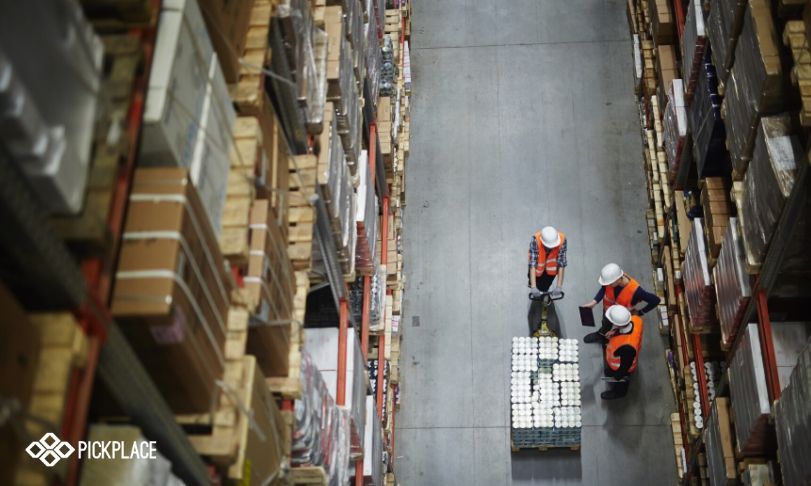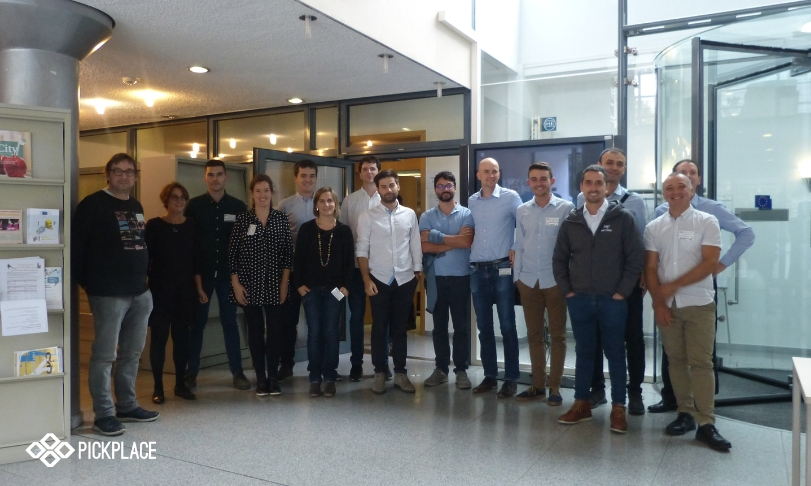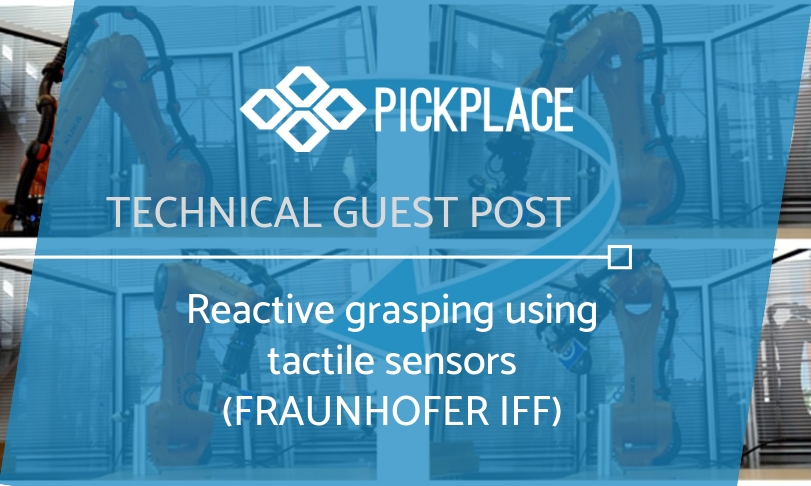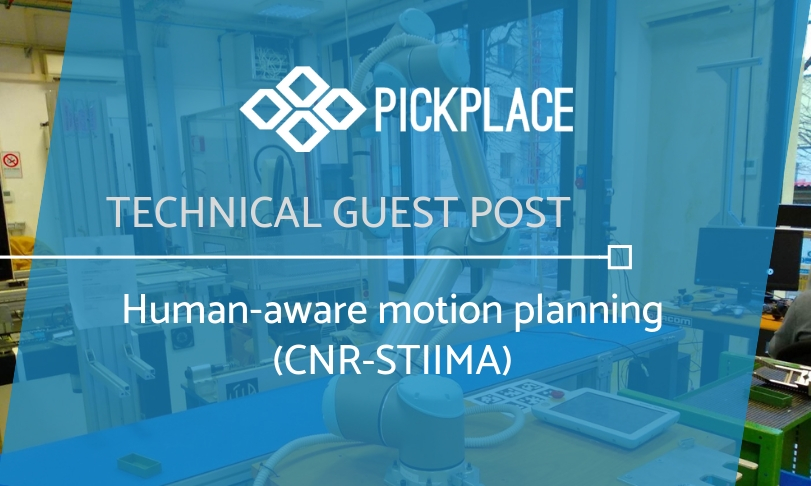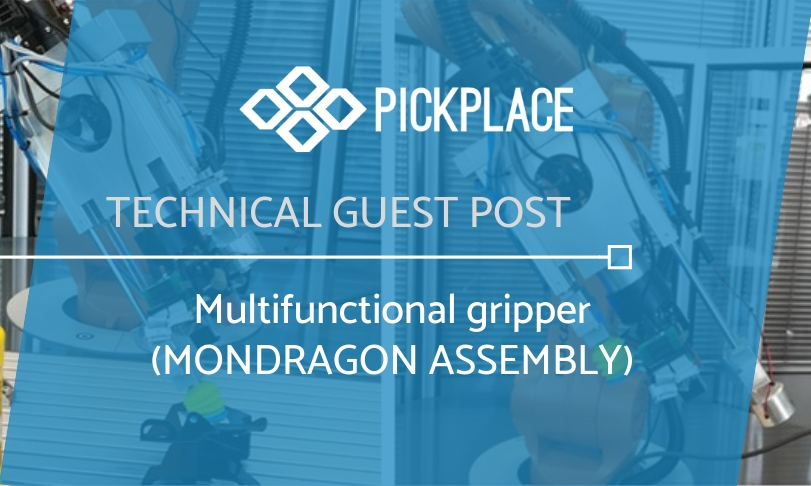On April 23, Friday, members of the PICK-PLACE consortium will offer a free of charge, open Webinar under the title Robot-based order preparation in logistics: Technological overview. The content of the Webinar is oriented to both industrial and scientific or academic publics. The first part will cover current order preparation – needs and challenges -, as well as the presentation of the two scenarios developed within the project. The second …Read More
INDUSTRIAL GUEST POST: TOFAŞ scenario and the future of pick-and-place
Every day thousands of spare parts of different sizes, shapes, and weights are delivered to dealers from logistic warehouses. Every dealer can choose and order parts in any combination. The possibility of automatization in a warehouse is reduced because of this non-standard situation. Therefore, manual handling is used widely in shipment preparation operations. Unfortunately, manual operations are unefficient and prone to shipment mistakes. At TOFAŞ, we aim at reducing these …Read More
PROJECT MILESTONE: Setup of pilot scenarios (ULMA and TOFAS)
Once the working constraints due to the first COVID-19 wage were over (included the lockdown), PICKPLACE team returned to the ‘normal’ activity. The main task has been the setup of the two pilot scenarios in the project: ULMA and TOFAS. ULMA Pilot Scenario has been designed to implement the two types of activities that are present in a logistic center, i.e., order preparation and order return management, being the first …Read More
INDUSTRIAL GUEST POST: UHS scenario and the future of pick-and-place
Market situation: Logistics 4.0 The logistic market is changing rapidly and a transformation is taking place from B2B and B2C to C2B, where the customer is the driving force behind the activity. A radical change is occurring in value-added processes. It is the era of Logistics 4.0. In this context, ULMA has shown its capabilities during last years to develop fully automated solutions in the retailing sector. But there is …Read More
Project update: Covid-19 crisis impact and action plan
PICK-PLACE project, like almost everything else on a global scale, is being affected by the Covid-19 crisis. Needless to say, health and safety are our top priority right now. Most members of the consortium have temporarily closed their facilities and partners are working from home, following social distancing and containment guidelines. These measures also imply other limitations which are relevant for an EU research initiative, including restrictions for traveling and …Read More
PROJECT NEWS: Incorporating the industry’s perspective to PICK-PLACE
In the past weeks, a new section has been incorporated to PICK-PLACE project’s website, the “Forum” section, which gives access to an online survey. As explained in the Challenge and objectives section, the idea behind PICK-PLACE emerged from the lack of available solutions that answer the industry’s need to manipulate parts with high variability (in terms of size, shape or weight) or to do so in less structured environments.
PROJECT MILESTONE: PICK-PLACE mid-project review meeting
Last week, members of the PICK-PLACE consortium gathered for a mid-proyect review meeting at the European Forum in Luxemburg. The meeting was attended by all partners (ULMA Handling Systems, IK4-TEKNIKER, Mondragon Assembly, CNR-STIIMA, Fraunhofer-IFF and TOFAS) as well as by project officer Irene Sardellitti and expert Norbert Kruger.
TECHNICAL GUEST POST: Reactive grasping using tactile sensors (Fraunhofer-IFF)
Industrial bin-picking applications usually involve a vision system. These systems identify and localize the objects to be picked, and also often suggest an optimal picking strategy. In such situations, the robot moves from its original position to the defined grasp position of the object inside the bin (as defined by the vision system), grasps the object, and moves it to the final placing position. However this whole process raises some …Read More
TECHNICAL GUEST POST: Human-aware motion planning (CNR-STIIMA)
What does human-aware motion planning mean? In human-robot collaborative cells, one of the main problems is represented by the robot’s stopping or slowing down due to the human presence. The origin of this problem is the lack of awareness of the robot with respect to the human motions. In fact, motion planners take care of the current human position as a mere obstacle or they do not take care of …Read More
TECHNICAL GUEST POST: Multifunctional gripper (Mondragon Assembly)
What technologies are necessary to optimize the use of a multifunctional gripper? The use of bin-picking applications is increasing in the industry. Generally speaking, these applications allow to carry out operations of picking up different products from a box, previously chosen through a vision system. When picking different products, they can be different in shape, weight and form. To ensure that an object is picked up, a technology capable of …Read More

